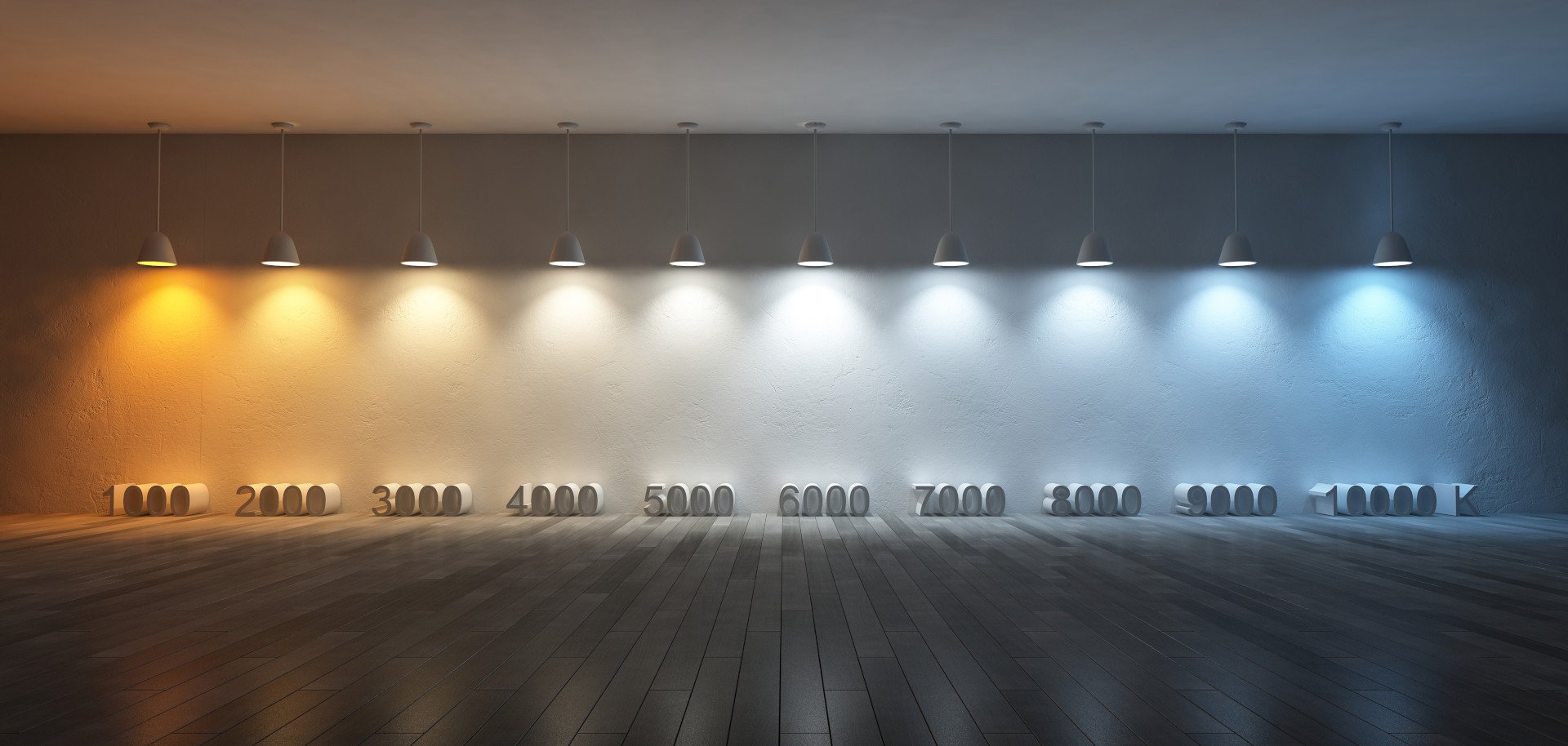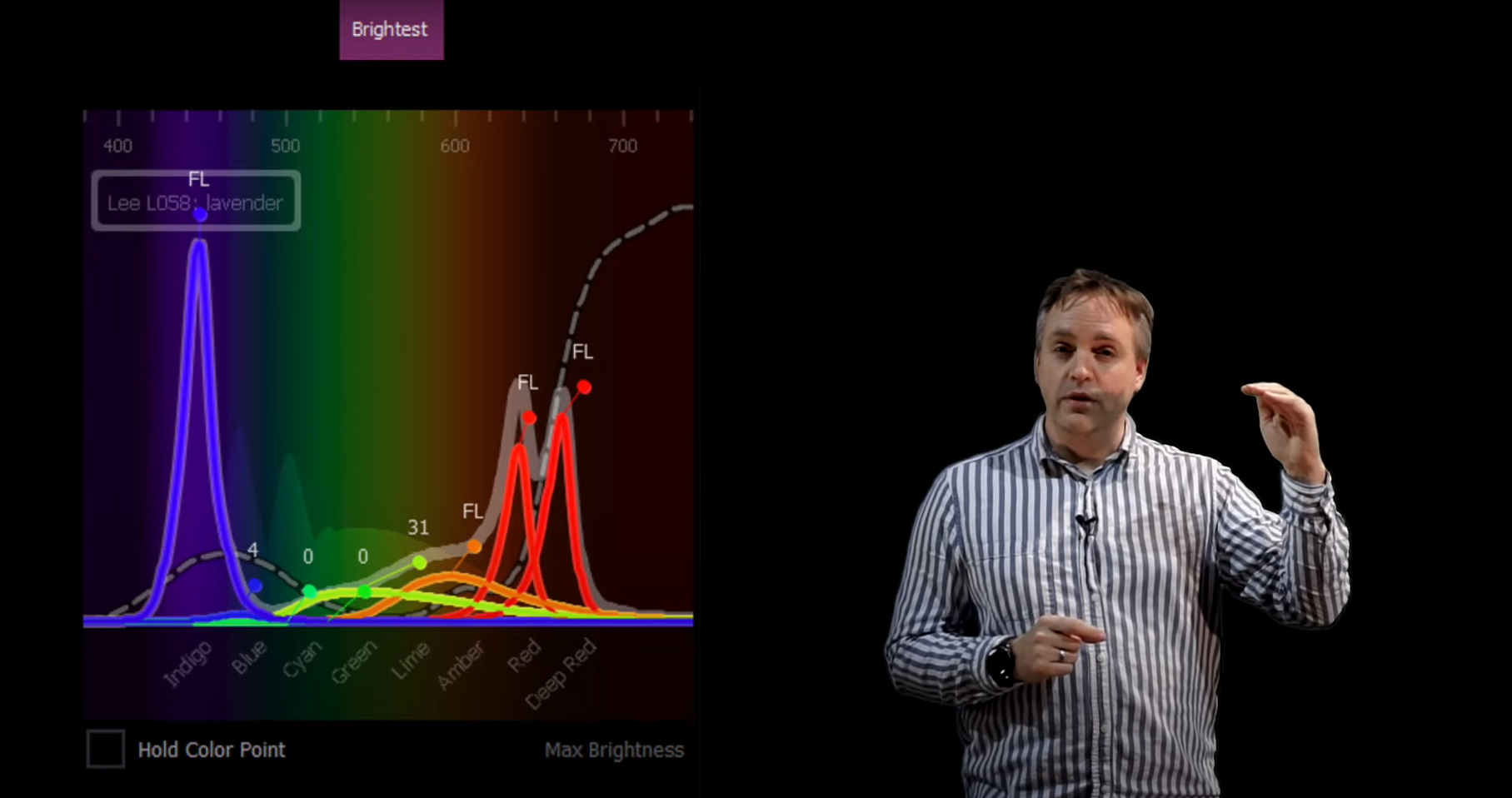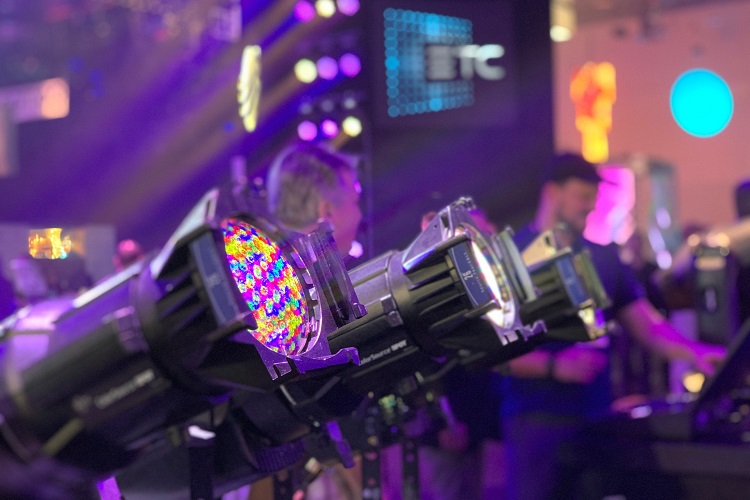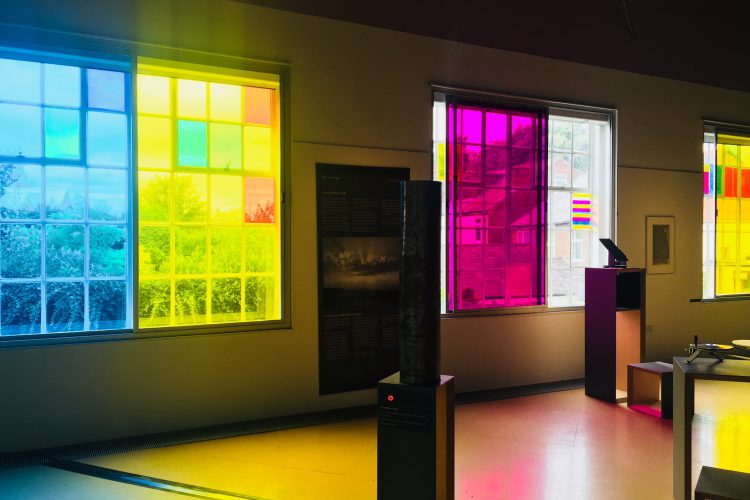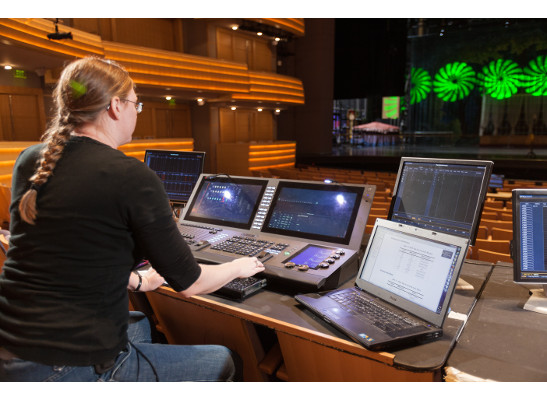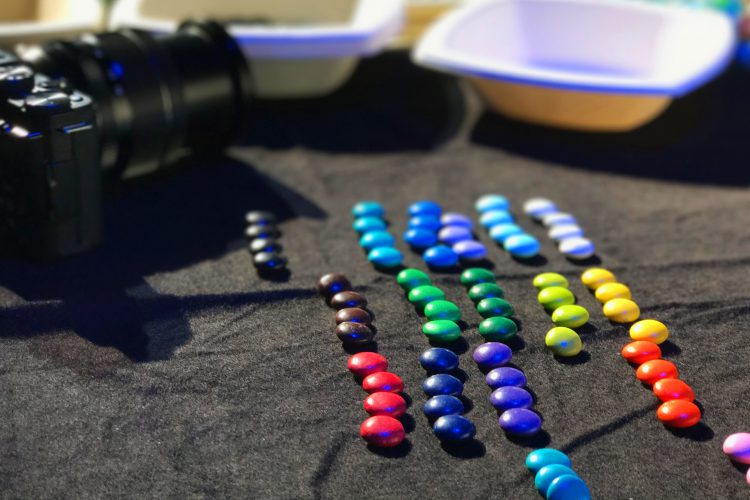Color temperature and Correlated Color Temperature (CCT) describe the warm or cool appearance of white light. Color temperature refers to white chromaticities (color points) that are technically on what is called the blackbody curve on a scientific diagram. CCT uses the nearest color temperature to...
color
When executing a successful lighting design, the question of color is often considered near the end of the process, and in some ways, it seems to make sense. We first ask ourselves, what’s my budget? Which fixtures do I have? What are my hang positions? And then, finally, what color should those...
Humans move faster than plants, but we still respond to daylight. We also respond to paychecks, which is why many of us find ourselves indoors for large parts of the day, cut off from the cues daylight naturally tells our body about when to be active and when to rest. We find ourselves sluggish in...
Ready for some hindsight in 2020? We couldn’t let the new year start without cracking that joke or looking back at our “best of” content from 2019. In the last year, we had a lot to discuss, from lighting tips to ETC culture. Check out our most-read blog posts from the last year to make sure...
Following a successful European tour, the science exhibition “experienceCOLOUR” opened in the UK for the first time – running throughout September to mid-October at the Glasshouse Arts Center in Stourbridge.
There’s no doubt about it—LEDs are shaking up the industry as we know it. There is a lot to be excited about as venues make the transition from tungsten light sources to LED. One of the largest areas of impact is color capabilities.
Looking for a fun (and tasty) way to explore color? For several years now, I’ve used candy to help teach color rendering. It’s a trick I learned from Terena Wilkens of Gustavus Adolphus College, who presented it at a USITT lecture on teaching color without a light lab.


